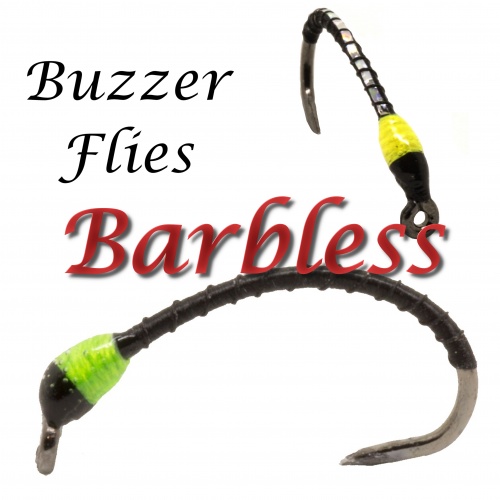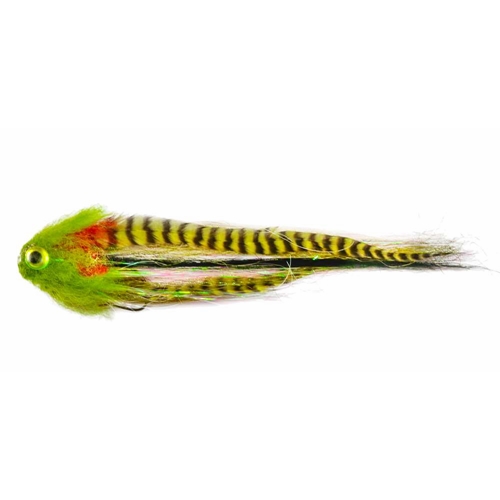Long before fly fishing became a sport, Oppian of Corycus, a Greek author, wrote between 177 and 180 a major treatise on sea fishing, the Halieulica or Halieutika. This is the earliest such work to have survived to the modern day. He describes various means of fishing including the use of nets cast from boats, scoop nets held open by a hoop, spears and tridents, and assorted traps which “work while their masters sleep". Oppian's description of fishing with a "motionless" net is also interesting:
The fishers set up very light nets of buoyant flax and wheel in a circle round about while they violently strike the surface of the sea with their oars and make a din with sweeping blow of poles. At the flashing of the swift oars and the noise the fish bound in terror and rush into the bosom of the net which stands at rest, thinking it to be a shelter: foolish fishes which, frightened by a noise, enter the gates of doom. Then the fishers on either side hasten with the ropes to draw the net ashore.
In his Histories, The Greek historian Polybius (around 203 BC–120 BC), describes hunting for swordfish by using a harpoon with a barbed and detachable head.
Pictorial evidence of Roman fishing can be seen in mosaics depicting fishing from boats with rod and line as well as nets. Various species such as conger, lobster, sea urchin, octopus and cuttlefish are illustrated. In a parody of fishing, a type of gladiator called retiarius was armed with a trident and a casting-net. He fights against the murmillo, who carried a short sword and a helmet with the image of a fish on the front.
More fly fishing history in future blogs.




















